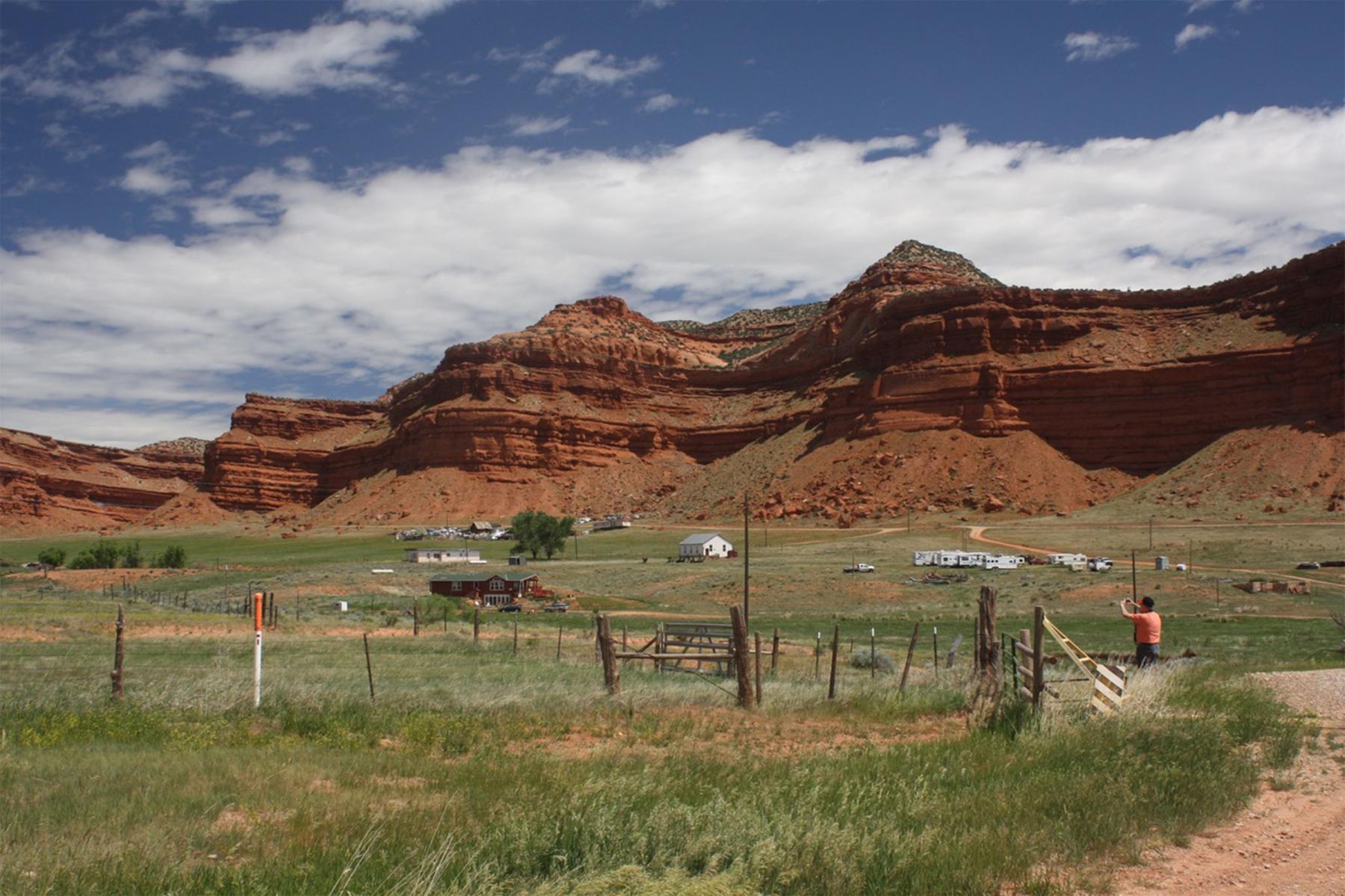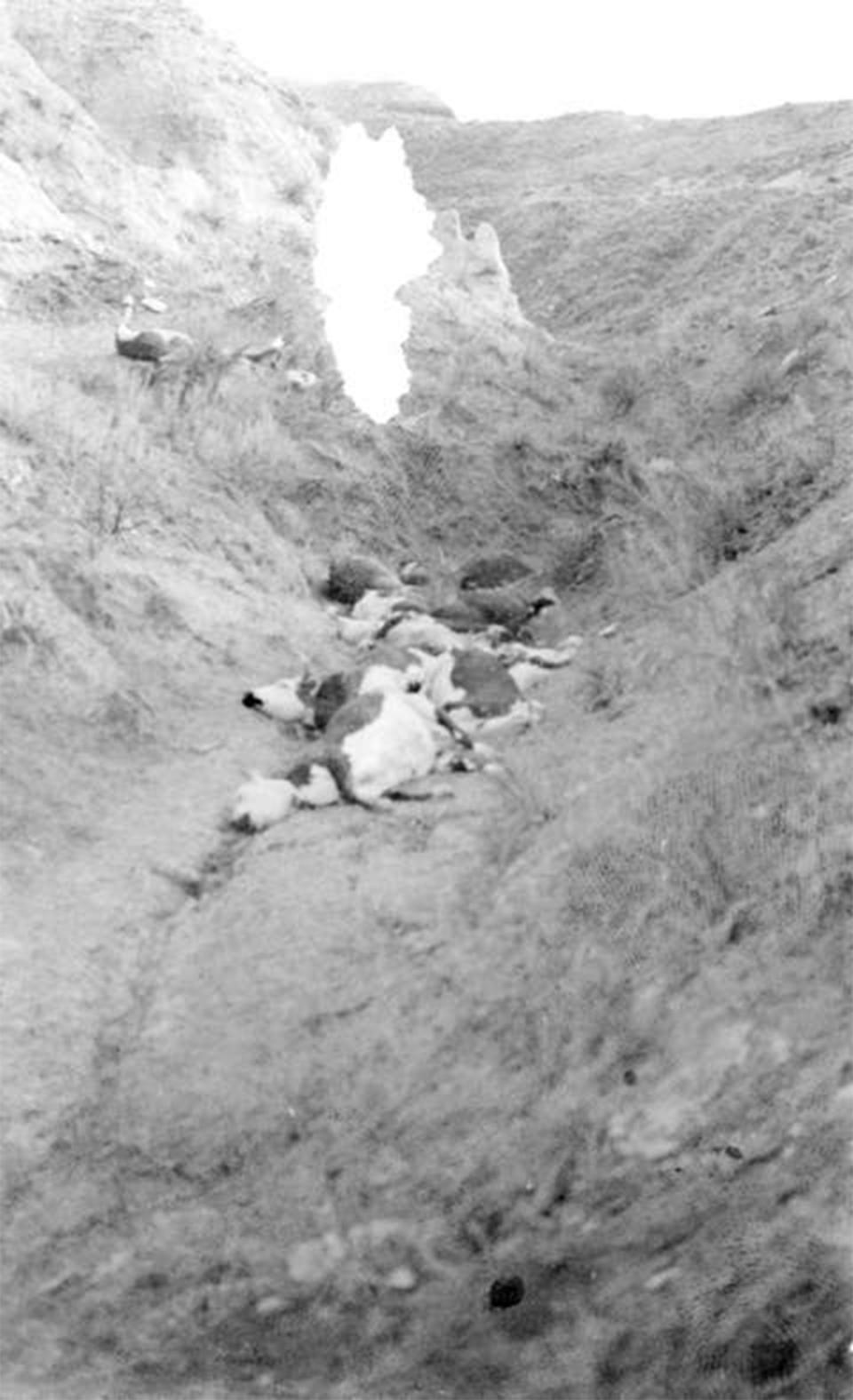How Green is Wyoming?

Last week we got to drive east from Casper two days in a row—to Wheatland and back on Monday for a meeting and on Tuesday to the lush, green Converse County park at Ayres Natural Bridge for a late-summer picnic. People all over the state keep commenting—this is the greenest year anyone can remember. Even in late August, grass on the prairie shows hints of green, when usually by now Wyoming lies flattened under that opaque tan you get many years as early as the Fourth of July.

Meteorologists measure precipitation in “water years” that run from October 1 to September 30. So far this water year, the Natural Resource Conservation Service reports, the Upper North Platte River Basin has received 109 percent of its average precipitation, the Lower North Platte 116 percent, the Lower Green River Basin 120 percent, the Wind River Basin 125 percent, the Bighorn Basin 126 percent, and the Powder River Basin, as of August 29, a whopping 130 percent of normal. We had huge snowfalls in January and April; Sheridan had its third wettest June ever. On August 11, the weekly Wyoming Livestock Roundup led with a story on hints for how ranchers can best handle wet hay—a rare problem, but a real one this year.
It's as if our semiarid state this summer was a little oasis all its own. July was the hottest July ever recorded on Earth. In Canada, more than 1,000 wildfires are now burning a total area five times the long-term normal for a single fire season. And fire has flattened Lahaina, on Maui, taking the lives of at least 115 people with 400 still missing.
Drought is such a quiet thing; if you aren’t a farmer or a rancher it can be hard to remember. But the climate is changing. Drought was bad in Wyoming from 2001 to 2007, again in 2012—Wyoming’s driest year to that date—and again in 2013, 2021 and 2022. Closer to home, on Casper Mountain 12,000 acres burned on the west end in 2006. More than 15,000 acres burned on the east end in in 2012, taking 37 homes and cabins. A small fire on the front of the mountain last year frightened everyone but was quickly extinguished. The middle, where the lodgepole pine is thickest and by far the most cabins are located, has yet to burn.
Drought is quiet, but it brings big changes. Together with overgrazing and a cattle glut, prolonged drought preceded the terrible Wyoming winter of 1886-87 that nearly killed off the cattle business altogether. A terrible drought came again in 1919 just as beef and wool prices were crashing with the end of World War I. Banks failed, farms and ranches failed, and an agricultural depression began and ran straight on in to what we now call the Great Depression.
Bad droughts in the 1930s were among the disasters that led the nation to vote Franklin Roosevelt into office. His New Deal included programs to pay farmers to plow their crops under and in extreme cases, in Wyoming and elsewhere, to pay county agents to kill and bury cattle that no one wanted to buy and ranges couldn’t support. More long-lasting was the Taylor Grazing Act, imposing grazing fees and other systems on federal land that brought order to what had long been the chaos of the open range.
The nine months ending this past July were the 11th wettest in Wyoming since records have been kept, according to one source. It’s so nice! But if history tells us anything, it tells us not to expect moisture like this to last. When drought comes again, and more wide swings from dry to wet and back to dry return, if we’re smart we’ll make the changes work for us as best we can. If we’re not smart, we won’t.
Read:
The Wyoming Cattle Boom, 1868-1886
1924: The Year the Banks Closed
Leasing The Public Range: The Taylor Grazing Act and the BLM
